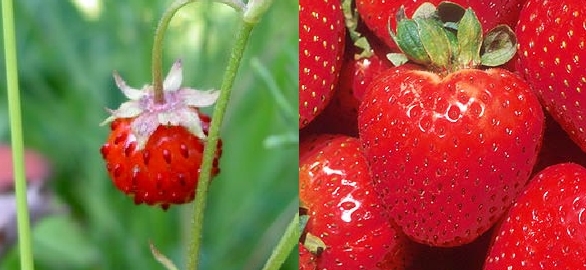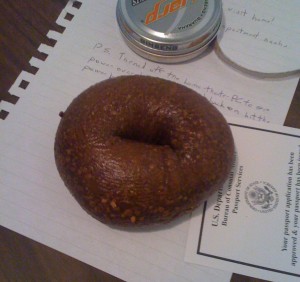Jazzman is a new breed of rice developed quite recently by researchers at Louisana State University. As the name implies, this was a conscious attempt to replicate some of the flavor, texture and aroma of Jasmine rice in a breed of rice adapted to American growing conditions. In comparing the two varieties the AP says:
The new variety yields up to three times as much grain per acre as the fragrant, nutty Thai strain, which grows too tall and flowers too late for U.S. farms.
So this is a cute little story about plant breeders developing crop varieties that are well adapted to local conditions and fulfill some desired food niche. Well except for the little problem that right now the demand for Jasmine rice in the US is fulfilled by imports from Thailand. The Director-Genernal of Thailand’s Rice Department was quoted back in September as saying he isn’t worried that competition from Jazzman rice on quality although given the higher yields, it might be a threat to lower grade rice exported by Thailand. But here’s the kicker:
Mr Prasert said he would also consult with Thai agricultural officials overseas on the possibility of examining whether Jazzman rice had been genetically modified.
He said GM crops normally provide better yields than natural crops.
The article quotes numbers on yield (in hybrid of metric and southeast asian specific units) that work out to just more than the 3 fold increase in yield I just quoted from the associated press. I don’t know that any of the advocates of genetic engineering have ever claimed current traits, or anything in the pipeline, could triple yields*. I’ve seen people categorically opposed to genetic engineering say a lot of things in my time, but this is the first time I’ve run into people exaggurating the benefits of the technology.
*Outside of situations, like bt crop is introduced into an area that hadn’t previously used ANY method to control insect pests previously, which don’t apply to rice grown in the US.

